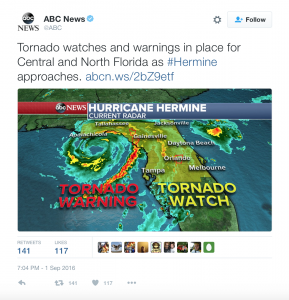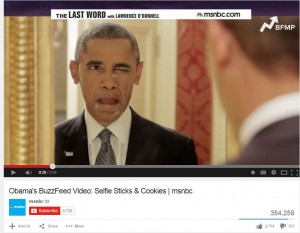By PATTY SANTANA
New England Patriots quarterback Tom Brady cut short a telephone interview on a Boston sports radio show Monday morning, citing an incident last week in which a host referred to his daughter as “an annoying little pissant.”
“So I’ll obviously evaluate whether I want to come on this show again,” Brady said to the hosts of the “Kirk & Callahan Show” shortly before ending the call.
Brady has appeared on the “Kirk & Callahan Show” every Monday throughout this football season.
Alex Reimer, the host responsible for the derogatory comment, is a frequent guest on the show, which airs on WEEI 93.7 FM. However, when he commented on Brady’s daughter, it was during his Thursday evening show aired by the same station. The comment was prompted by a discussion on Brady’s Facebook documentary series “Tom vs. Time,” in which his daughter appears. Reimer was suspended indefinitely by WEEI on Friday over the comment.
WEEI released a statement Monday evening apologizing to Brady, his family and the New England Patriots organization. The statement refers to Reimer’s remarks as “utterly indefensible” and asserts that “mean-spirited commentary directed in any way at children is wholly inappropriate.”
During the Super Bowl LII opening night event on Monday, Brady seemed forgiving and told reporters that he hopes Reimer does not lose his job.
“We all have careers and make mistakes,” Brady said. “I’d hate for someone to have to change their life over something like that. That was certainly not what he intended.”
Regardless of whether Reimer is allowed to return to the air, the incident serves as a cautionary tale regarding appropriate journalistic boundaries. While Reimer had every right to express his opinions regarding Brady’s documentary, he displayed an extreme lack of professionalism in disparaging a 5-year-old.







